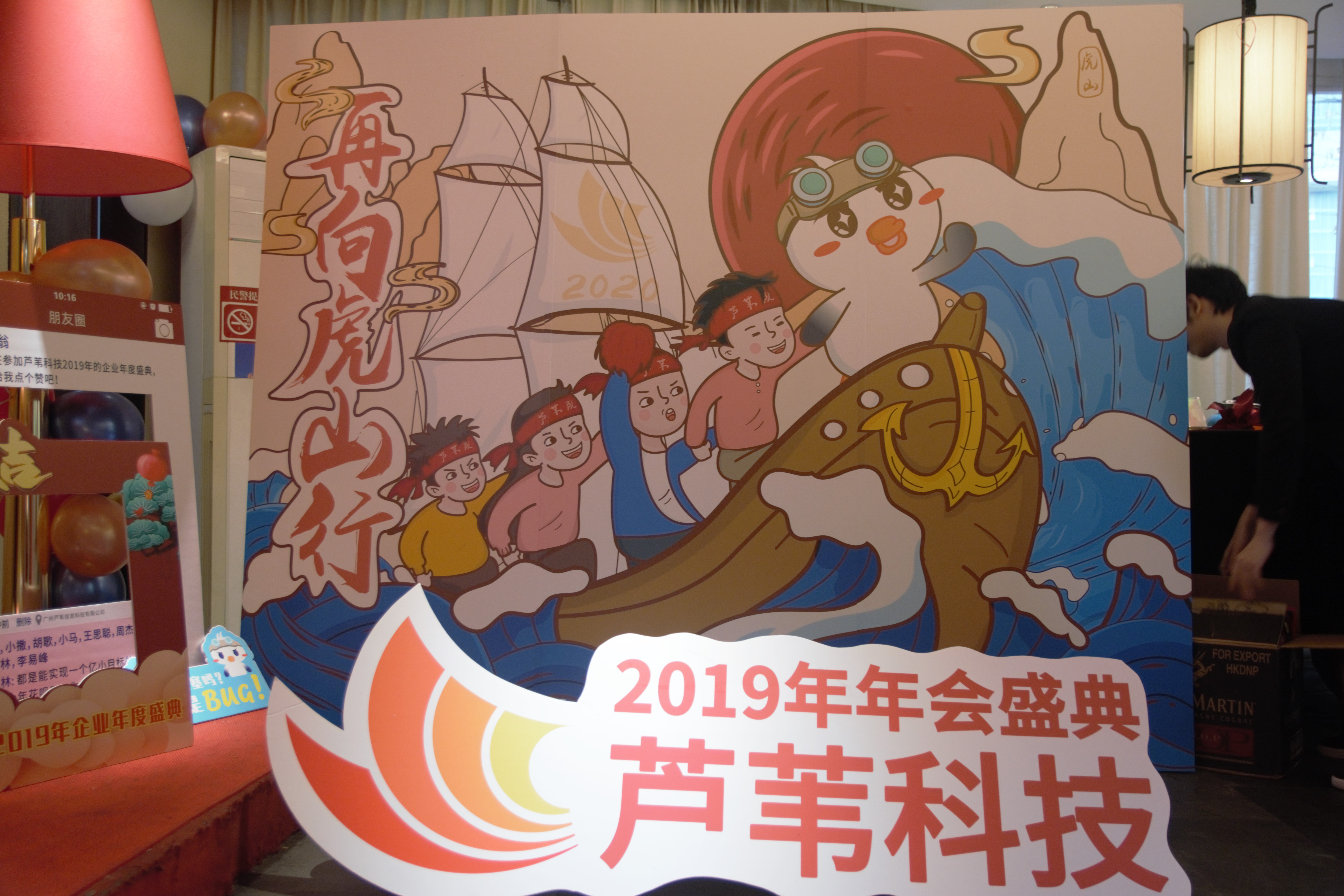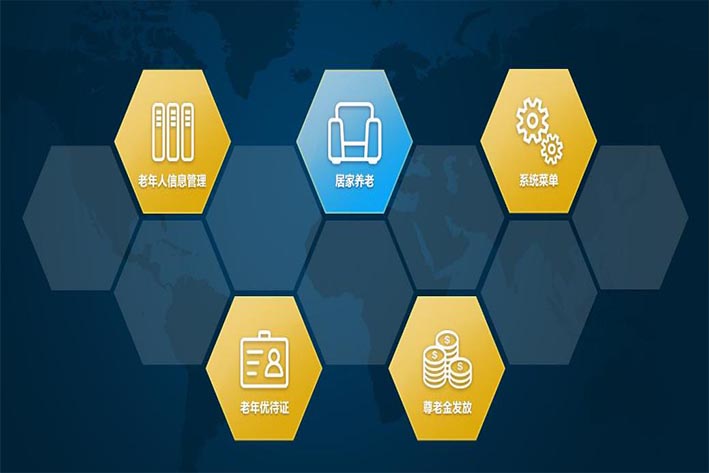Scale and personalization of online education
The maturing of capital
Capital likes tuyere, when the industry is growing rapidly, financing will accelerate, and capital can be quickly withdrawn to obtain benefits. From my graduation to now, there have been new outlets in recent years - social e-commerce, live streaming, sharing economy, new retail, artificial intelligence, blockchain, and behind each term is a large amount of financing. But these financing did not incubate any great giants, and many industries have even disappeared.
The new concept that the Internet industry has come up with this year is a "middle Taiwan", which is actually a new trend of optimizing human efficiency within large companies, which is a microcosm of the economic downturn.
Under the new background of economic downturn, the education industry, which is not affected by the economic cycle, began to heat up, and with the support of capital, the online education industry began to collectively advertising, contributing to ByteDance's revenue of 100 billion.
Of course, there are other reasons for the rise of the online education industry:
The new policy has limited the development of offline training, although online has been affected by some, but not so serious, but has a comparative advantage - the development of technology makes the live broadcast experience more smooth.
Various companies in the industry are also actively carrying out a variety of model innovation, and the excellent theoretical financial model ceiling of double tutoring also allows the capital to see the breath of new air mouth.
Under the combined influence of these factors, online education has become a new outlet.
Scale and individuation
"Diseconomies of scale" is an economic concept in which marginal costs rise rather than fall as firms scale up production. In traditional economies, diseconomies of scale occur for two reasons:
With the expansion of the size of the company, the efficiency of internal management declines.
Under the background of limited supply, the procurement cost of enterprises becomes larger.
The first point is well understood, as the organization serves more and more users, it needs more and more manpower and more and more complex organizational relationships, and at the same time, the internal friction of the organization increases and the efficiency decreases. This phenomenon is very common, many companies often survive the initial stage of industry competition, but lost behind the organizational management.
Regarding the second point, there is no specific production link in the online education industry, which seems to have no impact on procurement costs, but enterprises need to buy new users. The supply of new users is limited, and with the intensification of industry competition, the cost of new users is rising.
In addition to these two points, it is important to note that the education market is not a uniform market at all.
Just take a look at Beijing, Renmin University High School, Haidian ordinary high School and Mentougou high School compared, although the textbooks are unified, but the need for education services is completely different. Not to mention that there are so many provinces and autonomous regions in the country, so many textbooks, and so many different types of schools. Such a large market is not a simple company online education a few sets of difficult courses can handle.
But for the company, the best way is to quickly scale up with several sets of teaching programs and service systems. The premise of scale is standardization, just like the franchise in the catering industry, the service and dishes of each store are highly unified.
But the business of education is naturally not uniform, and even the students who sit in a class are all different. There is a natural contradiction between the individualized needs of students and the large-scale demands of enterprises.
When companies choose to scale the dual education model, it means that thousands of students in a large class have to receive the same education.
When companies choose a one-to-one small class model, it means that the business model is unhealthy and unsustainable.
When enterprises choose the algorithm adaptive mode, because the learning process depends on the students' consciousness and the lack of human supervision and communication, the learning effect is greatly reduced.
Future of the industry
Online education is hot, but few are high-quality and profitable.
Fluent said the story is very good to hear, the gross profit margin of 70% in the financial report, but the overall profit scale is too small and loss. Moreover, marketing costs may hide a lot of daily operating expenses, and the only good-looking 70% gross profit margin may also have huge moisture.
With whom to learn to top the market value of billions of dollars, the annual revenue scale is only more than a billion, the gross profit margin is even lower, the transaction scale and income in Taobao shops can not be ranked.
The capital will eventually find that the industry is not so profitable, as they have invested in other wind industries.
But even so, it does not mean that online education is without a future. In the process of continuous urbanization, excellent educational resources continue to concentrate in big cities, and the education gap continues to widen.
In any case, online education has really solved the problem of cross-geographical distribution of high-quality teaching resources.
Perhaps in the near future, students in small counties will be able to enjoy the best educational resources -- online education.
Many people don't understand the difference, just as they don't understand why Pinduoduo's low-quality products sell well.
For many people, Pinduoduo goods are really cheap compared to offline goods that users can access; For others, compared with ordinary teachers in offline public education, online education is still the best choice, although it has many inconveniences.
On the other hand, the services that online education can provide are also rapidly iterating, we imagine a scenario - students' learning can be online, after students finish a set of papers, the system automatically generates a set of paper explanation video and the next step of learning planning. The tutor can provide the right service at the right time according to the requirements of the system. The learning curriculum is no longer a uniform set, but according to the students' learning situation, learning goals. Teachers in ordinary schools also agree that such teaching services are better than their own teaching, and are willing to only take on the work of school inspectors and answer questions.
In such a scenario, the product must have a complex and efficient system behind it, which forms a personalized service by integrating fragmented resources. In this system, some work needs to be done by humans, and some work needs to be undertaken by algorithms. Under the deployment of the system, everyone's work can maximize the value, the demands of enterprise planning and the personalized needs of users can be perfectly integrated, and the economies of scale of online education will also be realized.
This requires disruptive innovation of the business, but also needs the cooperation of policies, I hope that such a future will come as soon as possible.
A total of 1 page 1 data




